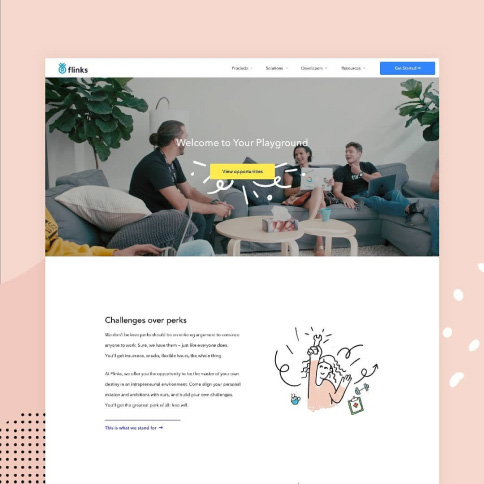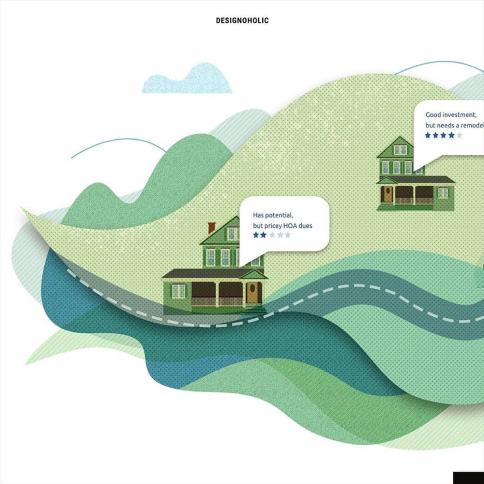
— AI Tools for UI/UX Design: A Beginner's Guide
The world is quickly changing due to artificial intelligence (AI), and UI/UX design is no exception. Automation of tasks, the creation of design concepts, and the provision of design feedback are all made possible by AI tools. AI is therefore making it simpler than ever for UI/UX designers to produce top-notch designs.
We’ll talk about the top 10 AI tools for UI/UX designers in this blog article. We’ll go over each tool’s characteristics and how to use them to enhance the design process.
Top 10 AI Tools for UI/UX Designers
1. Adobe Sensei
2. Framer
3. UXPin
4. Avocode
5. Mockups in Balsamiq
6. Marvel
7. InVision
8. Proto.io
9. Sketch
10. Figma
— 1. Adobe Sensei
Photoshop, Illustrator, and InDesign all feature Adobe Sensei, a set of AI-powered tools that are built into many of Adobe’s artistic software programs. Sensei can simplify processes like producing realistic textures and coming up with design concepts.
— 2. Framer
Framer is a prototyping tool that uses AI to create interactive prototypes. Framer can be used to create prototypes that are more realistic and engaging than traditional static prototypes.
— 3. UXPin
UXPin is a design collaboration tool that uses AI to provide feedback on designs. UXPin can be used to identify potential usability issues and suggest improvements.
— 4. Avocode
AI is used by the design cooperation tool Avocode to translate designs into code. Utilizing Avocode will expedite development and guarantee that designs are implemented properly.
— 5. Mockups in Balsamiq
A wireframing tool called Balsamiq Mockups employs AI to produce realistic wireframes. With the aid of Balsamiq Mockups, wireframes for the user interface can be rapidly created.
— 6. Marvel
Marvel is a tool for creating interactive prototypes using AI. Prototypes made with Marvel can be more interesting and lifelike than those made with more conventional static media.
— 7. InVision
A prototyping tool called InVision employs AI to make interactive mockups. mockups can be made using InVision that are more realistic and interesting than conventional static mockups.
— 8. Proto.io
A prototyping tool called Proto.io employs AI to make interactive examples. Traditional static prototypes can be replaced with more accurate and interesting ones using Proto.io.
— 9. Sketch
Sketch is a vector graphics editor that uses AI to create realistic designs. Sketch can be used to create designs that are more polished and professional-looking.
— 10. Figma
AI is used by the vector graphics editor Figma to produce lifelike patterns. Figma can be used to produce designs that appear polished and expert.
How Artificial Intelligence (AI) is Changing UI/UX Design
AI is influencing UI/UX design in a variety of ways. First, AI is automating duties that were previously performed by humans. This allows designers to concentrate on more creative and strategic elements of the design process. Second, AI is creating novel design concepts. This assists designers in developing new and innovative solutions to design issues. Third, AI provides design input. This assists designers in creating superior designs that are more likely to succeed.
The Future of User UI/UX Design
The future of UI/UX design looks promising. AI is making it easier for designers to produce high-quality designs than ever before. As AI advances, we can anticipate even more potent and sophisticated AI tools for UI/UX designers. These tools will enable designers to build even better, more user-friendly and effective designs.
Conclusion
AI is a powerful tool for improving the planning process and creating better designs. If you are a UI/UX designer, I encourage you to investigate the various AI tools accessible and see how they can assist you in improving your work.
Latest insights, stories, and news
from Designoholic









